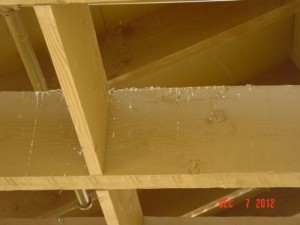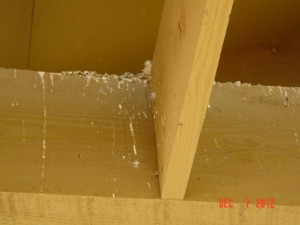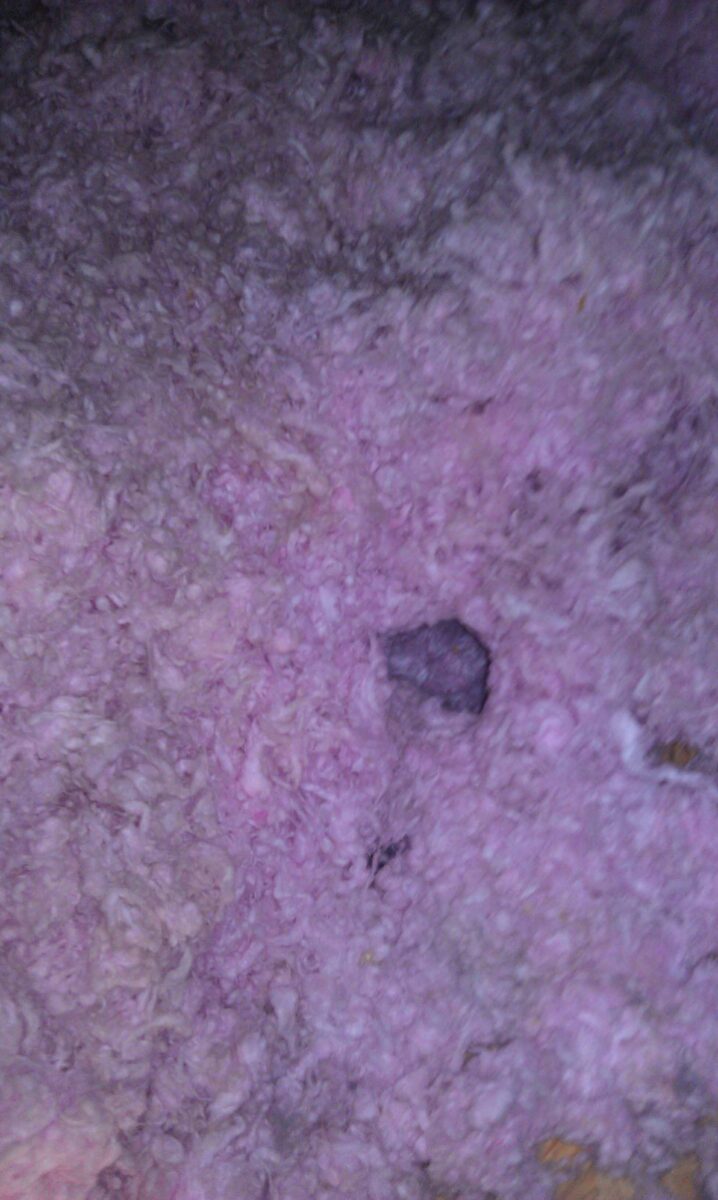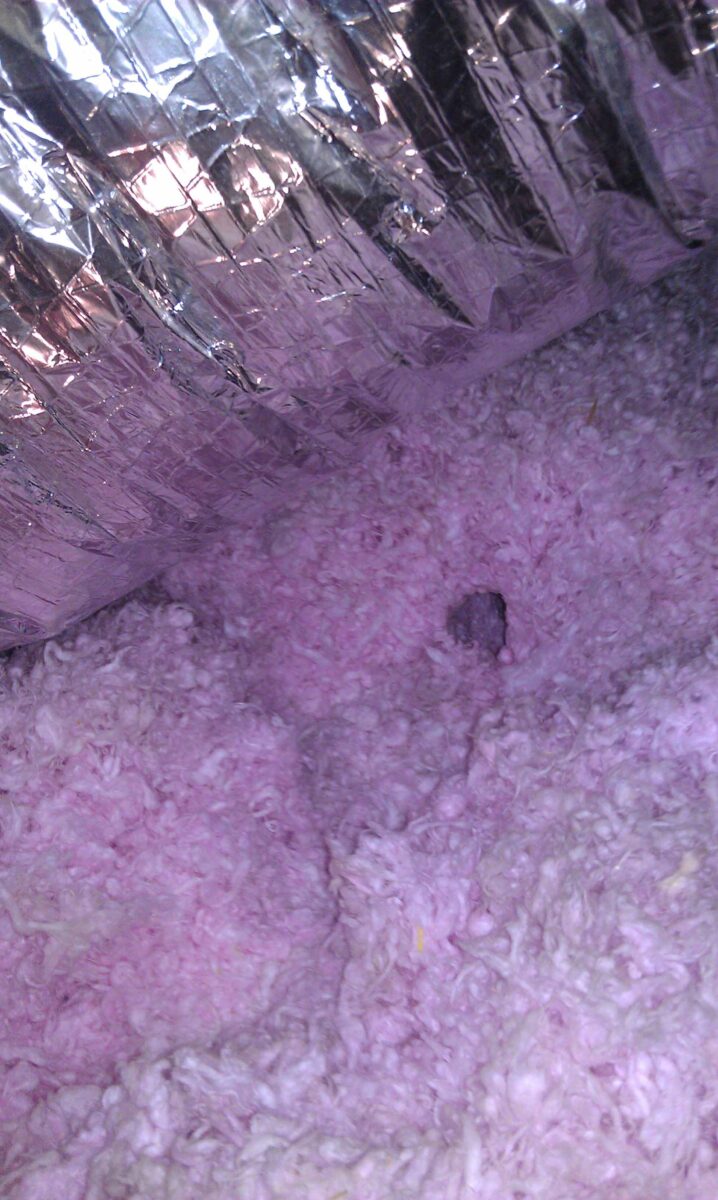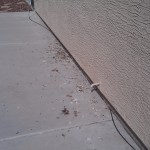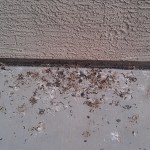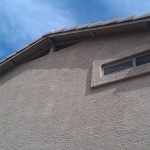 This photo is a cholla that somehow made its way into a taller tree, no idea how it did that. But it’s interesting to note that these things will jump (OK not really jump but attach to) almost anything.
This photo is a cholla that somehow made its way into a taller tree, no idea how it did that. But it’s interesting to note that these things will jump (OK not really jump but attach to) almost anything.
The cholla (pronounced choy-a) is perhaps the most feared and hated cacti in the southwest desert. I have seen all kinds of trouble with this cactus. If you brush up against one, you will immediately wished you had paid attention. The spines will stick to anything and they will stick, stick and stick some more….
The plant has pads that separate easily from the main stem. The spines easily attach to your clothing, your skin and your shoes. Since the plant is covered with spines, it’s difficult to grab and dislodge the pad that has found a new home with you. Often re-sticking it’s way deeper and more often. I often wonder how animals might adapt, can you imagine getting this caught in a tail or fur? Got to hurt!
Why are they so difficult to remove? Unlike other varieties of cacti with solid spines, cholla’s actually have hollow spines. Because they are hollow they can easily attach to whatever they touch with their needle like sharpness. If there is moisture, such as with skin, the tips actually curve once they have made contact, locking their spines in place just underneath the skins top layer.
There are several types of Jumping Cholla cacti in the desert southwest, but all of them are called the “jumping” cacti in past days because they seemed to jump when a boot or shoe would walk on or get near them.
How could a plant so nasty be so beautiful? Good question and one more mystery of the desert. The plant (especially the Teddy Bear Cholla with its golden spines) is quite beautiful at sunrise and sunset. As the sun catches the tips of the spines, the plants radiate a cast of yellow, and look quite soft sometimes with an appearance of velvet. Add to this the pink flower it produces and the plant is delightful to look at … but not touch. Because some of the Jumping Cholla cacti can grow to heights of 8 feet tall, they look like strange, distorted trees, each with its own personality.
Believe it or not, the cactus wren builds nests on the Jumping Cholla. The nests are quite secure amongst all the spines and the bird knows how to avoid the spines of the Jumping Cholla.
This plant propagates and spreads throughout the desert by its own defense mechanisms: Its spines attach to anything that can carry it around, animals, people, the wind. When a Jumping Cholla finds a new home, with a little time, and contact with the soil, it begins to root and grow.
One of my favorite places in Arizona is the Desert Sonoran Museum there are almost 2 miles of paths traversing 21 acres of beautiful desert, including many cacti.
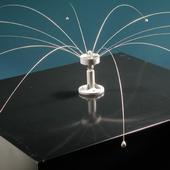 on my chimney and it stopped the woodpecker from getting the chimney cap. There are other products available but you’re going to love this – the woodpecker protective coating spray doesn’t work on our Arizona woodpecker. These repellents do generally work on the other 23 varities of woodpeckers in the U.S.
on my chimney and it stopped the woodpecker from getting the chimney cap. There are other products available but you’re going to love this – the woodpecker protective coating spray doesn’t work on our Arizona woodpecker. These repellents do generally work on the other 23 varities of woodpeckers in the U.S.


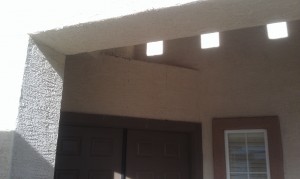

 This photo is a cholla that somehow made its way into a taller tree, no idea how it did that. But it’s interesting to note that these things will jump (OK not really jump but attach to) almost anything.
This photo is a cholla that somehow made its way into a taller tree, no idea how it did that. But it’s interesting to note that these things will jump (OK not really jump but attach to) almost anything.